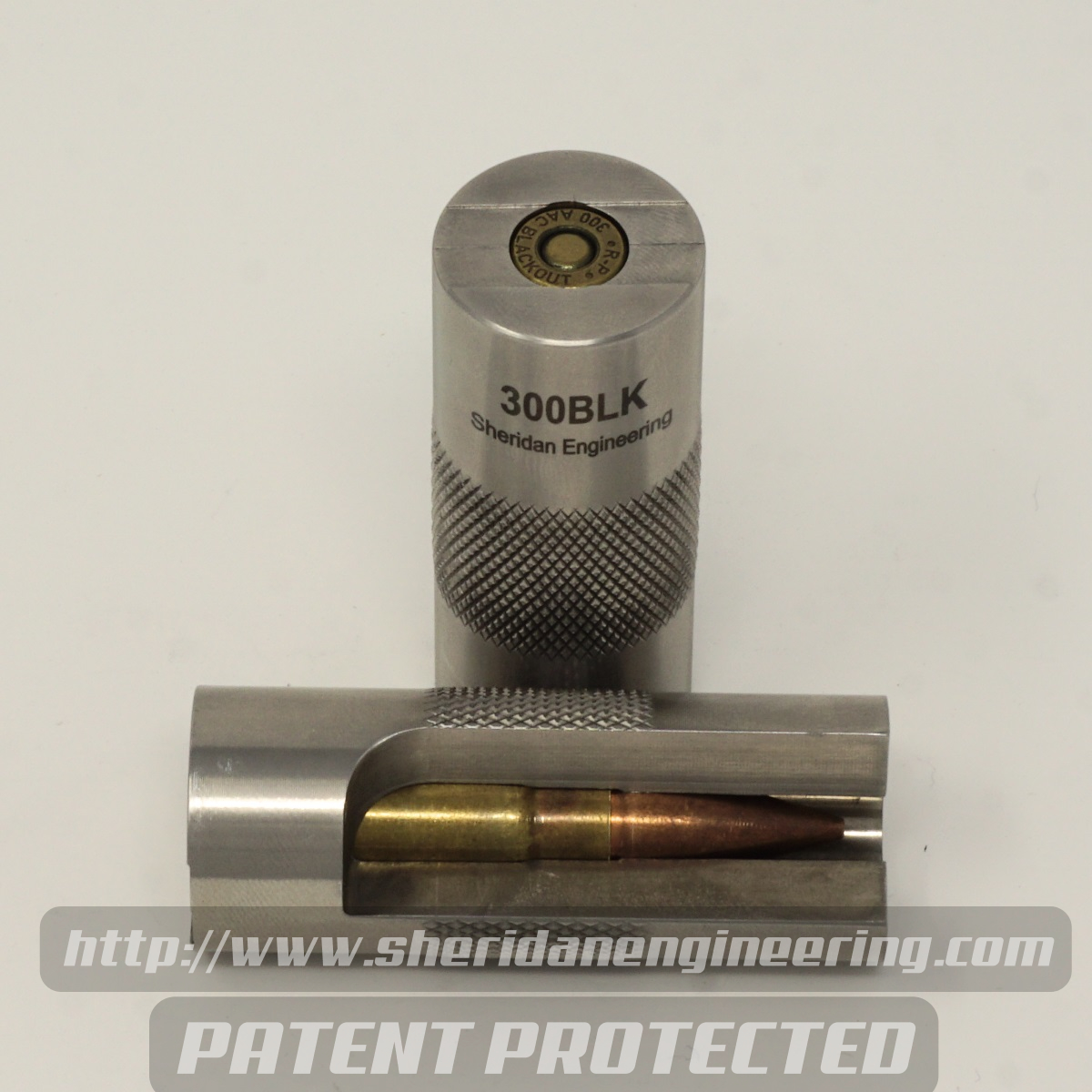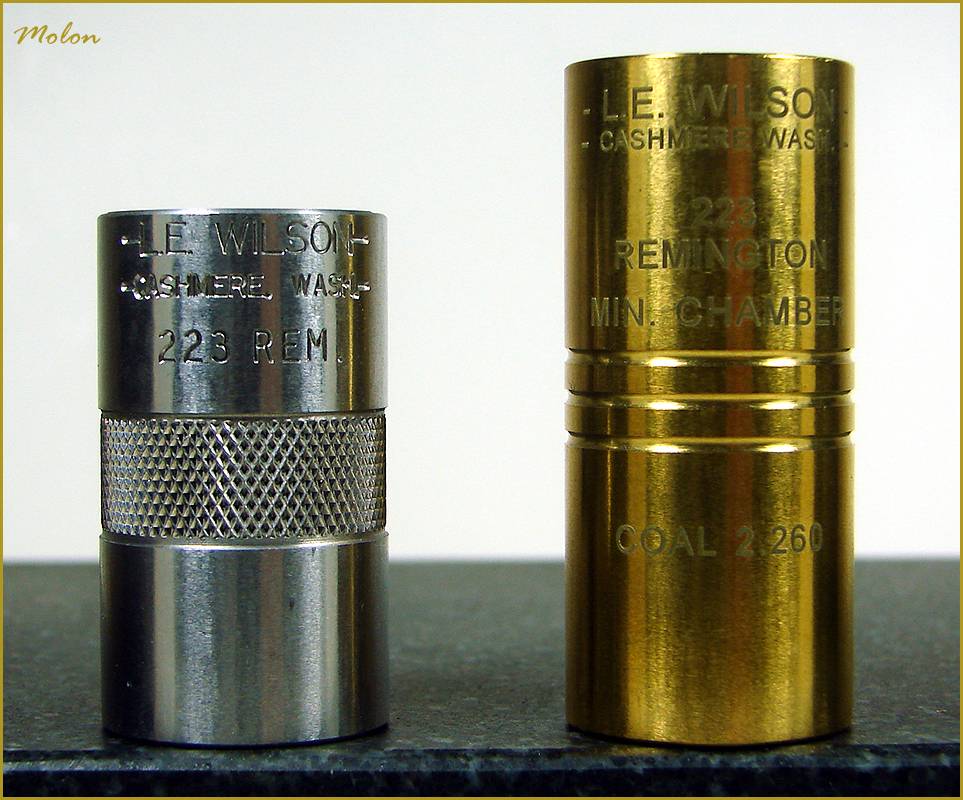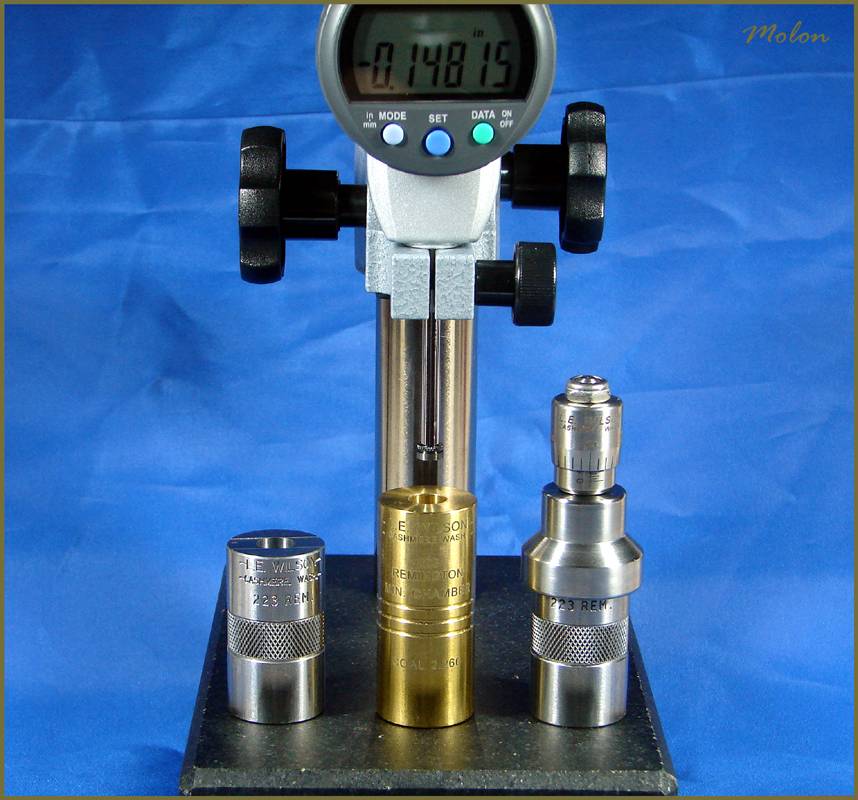I am thinking about getting a case gauge specifically for 300 Blackout.
Here is the basic background which hopefully will help you understand my intentions.
Quite a while ago I loaded up some 300Black but one of the cases the neck was a tiny bit too thick. It was a "converted case" which it went almost all the way into battery before detonation. The end result was a kaboom that caused a bit of damage.
As for reloading though I am like a butterfly going cartridge to cartridge. Now that I'm considering loading more Blackout ammo I want a way to test it other than having an explosion a few inches from my face.
I have never really used a case gauge before so I'm not that familiar with which one people like or even if it matters.
The entire purpose is unique to 300BLK simply because I have a lot of converted brass laying around that will eventually be loaded up.
Are there any specific brands or designs that you like better than others? If so, why?
And in your opinion would a tool like that actually help detect cases that might have slipped through the cracks?
Here is the basic background which hopefully will help you understand my intentions.
Quite a while ago I loaded up some 300Black but one of the cases the neck was a tiny bit too thick. It was a "converted case" which it went almost all the way into battery before detonation. The end result was a kaboom that caused a bit of damage.
As for reloading though I am like a butterfly going cartridge to cartridge. Now that I'm considering loading more Blackout ammo I want a way to test it other than having an explosion a few inches from my face.
I have never really used a case gauge before so I'm not that familiar with which one people like or even if it matters.
The entire purpose is unique to 300BLK simply because I have a lot of converted brass laying around that will eventually be loaded up.
Are there any specific brands or designs that you like better than others? If so, why?
And in your opinion would a tool like that actually help detect cases that might have slipped through the cracks?




